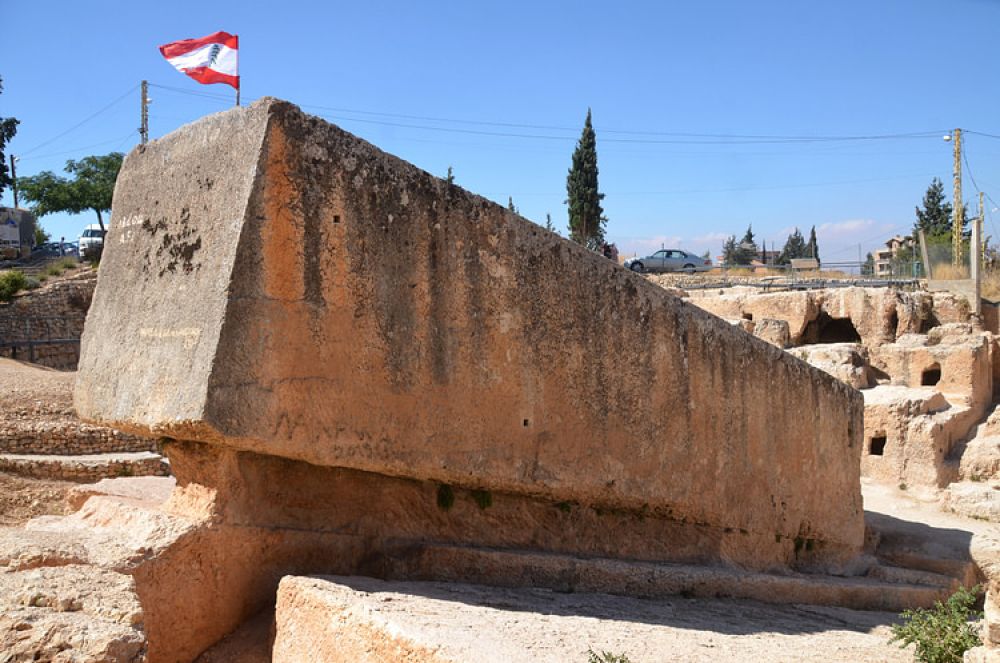

Lebanon, a country with a rich tapestry of history and culture, has long been an alluring destination for tourists seeking to explore the ancient and the divine. The tourism sector in Lebanon saw an upswing in the 20th century and became an essential part of the economy, with sites like the Baalbek Ruins captivating visitors from across the globe. This monumental complex stands as a testament to the grandeur of Roman engineering and has contributed significantly to Lebanon's historical tourism appeal.
The city of Baalbek, located in the Bekaa Valley of Lebanon, contains some of the best-preserved Roman ruins in the Middle East. It has consistently drawn tourists with its colossal temples and intricate stone carvings. The early periods of the 1900s witnessed an increasing interest in these ruins, peaking in the 1960s when the country experienced a golden age of tourism. Esteemed for its Greco-Roman architecture and designated a UNESCO World Heritage site in 1984, Baalbek continues to be a pivotal attraction.
Among the site's enigmatic wonders is the Stone of the Pregnant Woman or Hajar el Hibla in Arabic. Lying within the quarry nearly a kilometre from the main temple complex, this massive stone monolith is one of the largest known megaliths in the world. The stone got its name from local legends, which varied from tales of a pregnant woman who tricked people into believing she could move the gigantic stone, to folklore suggesting the stone's ability to aid in fertility.
The origins of the stone date back to the period of Roman construction when it was carved but left unused at the quarry. Historians speculate it was intended for the podium of the Temple of Jupiter or was simply abandoned due to its immense size and weight, which made transportation unfeasible. Recent excavations have uncovered even larger stones in the vicinity, further mystifying scholars and tourists alike.
In recent years, cultural and historical tourism has seen a resurgence in Lebanon, with travelers seeking to uncover the stories embedded within ancient sites like Baalbek. The rise of eco-tourism and adventure tourism has also seen an uptick, with the country's diverse landscapes offering everything from hiking to wine tours. Despite the challenges faced by the tourism industry, including political instability and economic uncertainty, there has been a push to promote sustainable and responsible tourism to preserve Lebanon's cultural heritage.
Renewed efforts in digital marketing and virtual experiences have aimed at keeping the interest in Lebanon's historic sites alive, especially during times when travel is restricted. The Stone of the Pregnant Woman and the Baalbek Ruins remain central in these initiatives, being featured in online tours and interactive educational resources.
Travelers visiting the Baalbek complex can witness the Stone of the Pregnant Woman in its original quarry location, alongside many other archaeological treasures within the site. Guided tours offer insightful narratives of the city's expansive history, while the nearby modern city of Baalbek provides amenities and accommodations for visitors. It's recommended for tourists to check the latest travel advisories and local conditions before planning their visit to this legendary historical destination.
The Stone of the Pregnant Woman and the Baalbek Ruins stand as proud emblems of Lebanon's ancient past, continuing to captivate those who make the journey to experience their timeless grandeur. They embody not only the historical significance but also the resilience and enduring appeal of Lebanese tourism.